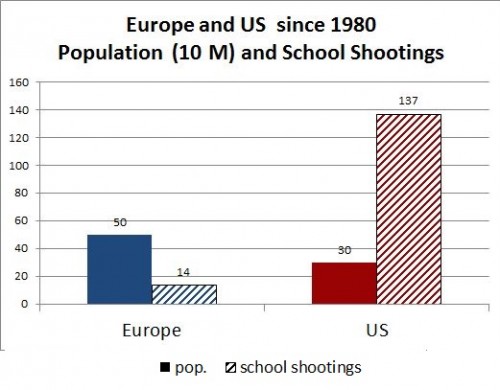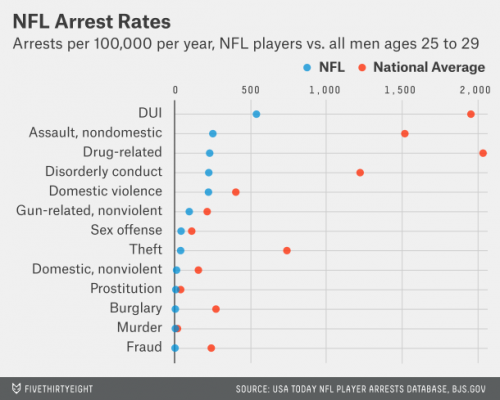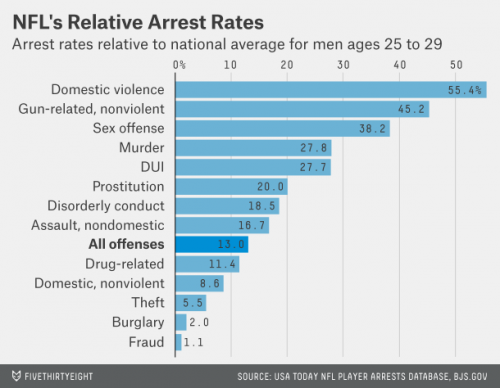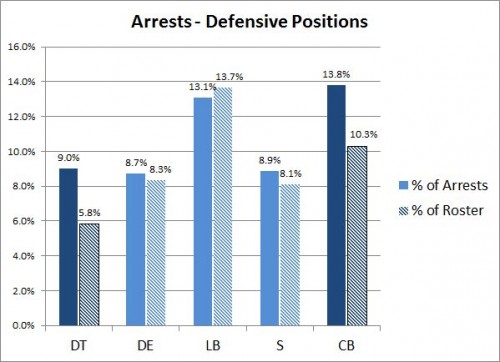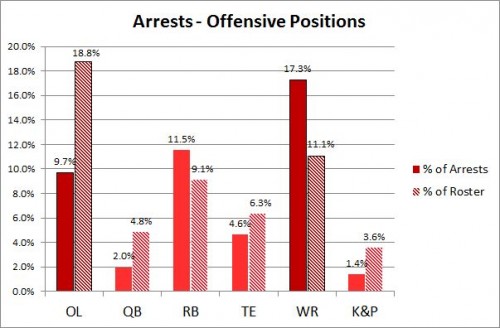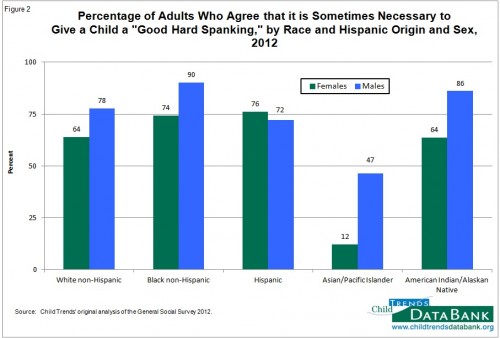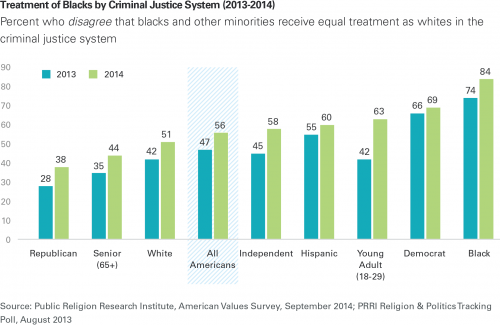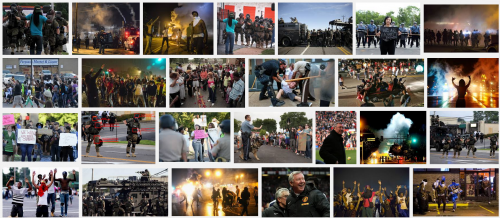From the great documentary, Black Power Mix Tape, Angela Davis puts violence in perspective. She’s being interviewed about the tactics of the Black Panthers. The interviewer asks: “How do you get there? Do you get there by confrontation, violence?” She responds:
Oh, is that the question you were asking?
She smiles to herself.
Because of the way this society’s organized, because of the violence that exists on the surface everywhere. You have to expect that there are going to be such explosions. You have to expect things like that as reactions. If you… if a black person lives in the black community all your life and walks out on the street everyday seeing white policemen surrounding you…
I grew up in Birmingham, Alabama. Some very good friends of mine were killed by bombs, bombs that were planted by racists. I remember from the time I was very small, I remember the sounds of bombs exploding across the street, our house shaking. I remember my father having to have guns at his disposal at all times because of the fact that at any moment someone… we might expect to be attacked.
The… man who was at that time in complete control of the city government… would often get on the radio and make statements like: “Niggers have moved into a white neighborhood. We better expect some bloodshed tonight.” And, sure enough, there would be bloodshed.
…
In fact, when the bombing occurred one of the mothers of one of the young girls called my mother and said, “Can you take me down to the church to pick up Carol. We heard about the bombing and I don’t have my car.” And they went down and what did they find? They found limbs and heads strewn all over the place.
And then after that, in my neighborhood all of the men organized themselves into an armed patrol. They had to take their guns and patrol our community every night because they did not want that to happen again.
I mean, that’s why when someone asks me about violence, I just…. I just find it incredible. Because what it means is that the person asking that question has no idea what black people have gone through… what black people have experienced in this country since the time the first black person was kidnapped from the shores of Africa.
She’s no longer smiling.
The interchange begins at 1min 40sec:


